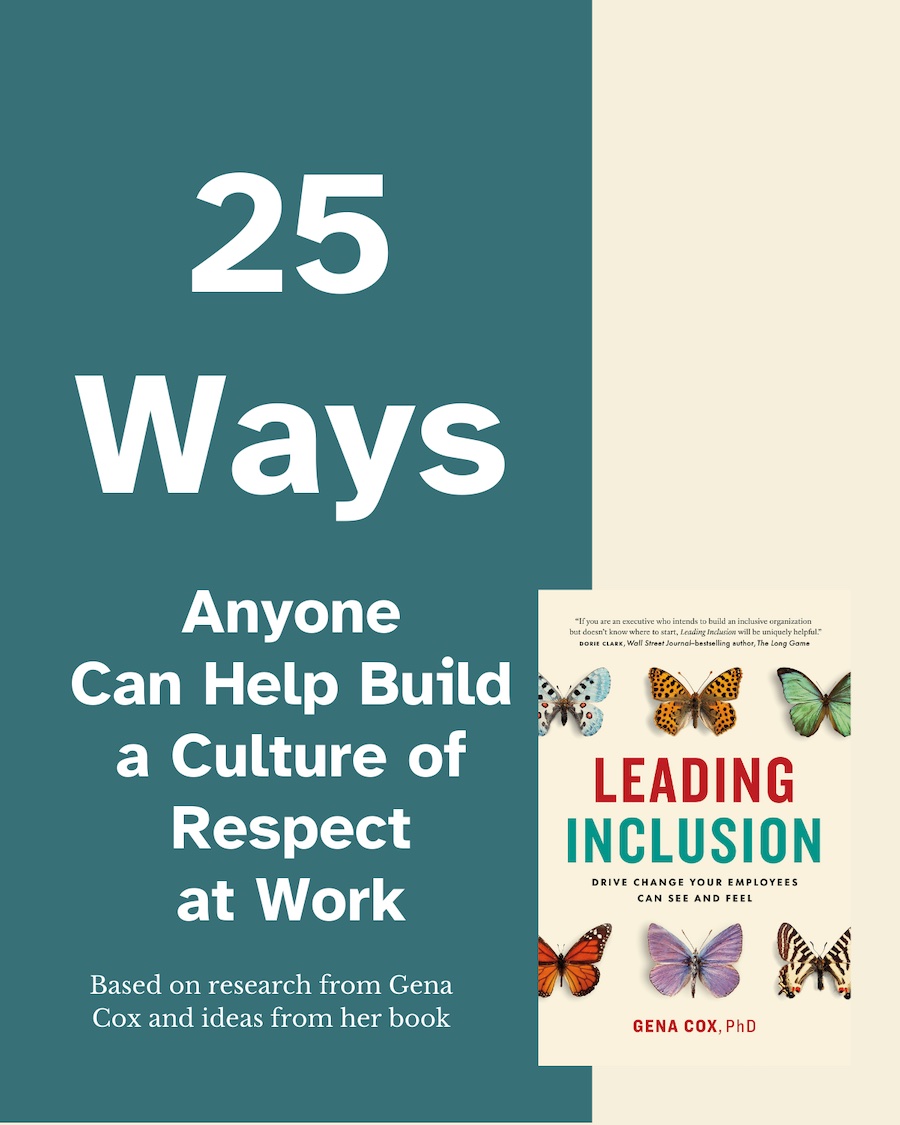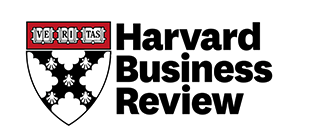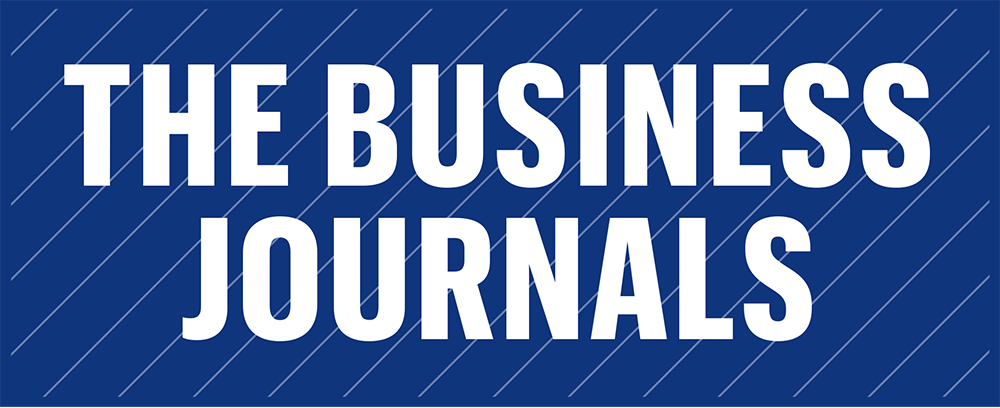4 ways to fight proximity bias in hybrid work setups

“Proximity bias” is a term that was developed by psychologists (most prominently, Daniel Kahneman) in the 1970s to describe the phenomenon in which humans tend to favor people who are physically closer to them versus those who are further away. Interest in this topic has increased ever since March 2020, when, as a result of the COVID-19 pandemic, many workers moved to work from home and or to hybrid work arrangements. We know from research that some managers’ perceptions of employee dependability and commitment are influenced by their “face time” experience with employees so it makes sense for leaders to think about how to minimize the risk that employees who work remotely for all or some of the time may pay a career-expansion penalty relative to those who work in the office more often.
One of the secrets to effectively leading any team is understanding each employee’s unique strengths and challenges and how those impact their work performance and their psychological health. The easiest and most effective way for managers to develop those relationships (especially in a hybrid situation) is to regularly and consistently check in with each person on your team. Workhuman determined that when managers check in with their employees at least once weekly, employees said they were more engaged, that their workload was manageable, and that they saw a path to grow within the organization.
Unfortunately, that research also revealed that only about 50% of managers check in with their employees once per week!
So what are some tips to make checking-in more effective?
- Check-in before you check up: Check-ins are effective when they achieve two goals: support employee needs AND support their ability to get the job done. It is better to start with supporting the employee and then move to supporting the work. If employees believe the only purpose for check-in is to focus on the work, their reactions are not likely to be positive.
- Customize check-ins: Each employee is different, so one-size-fits-all approaches are not recommended; better to co-create the design of check-ins with your employees so you and the employee get what you need.
- Plan for the check-in: Managers should have a plan for these check-ins. The plan should address two outcomes: (a) what do you want the employee to FEEL at the end of the meeting, and (b) what does the manager want to have accomplished by the end of the meeting?
- Start with employee support: Check-ins are not about the manager; they should be about the employee. Some check-ins may be focused on employee well-being, some on sharing information, some on career aspirations, etc., but regardless of what the manager wants to accomplish, I recommend that each check-in begins with the simple question, “What can I do to support you today,” followed by silence. This gives employees time to think about what they want to say. An employee who experiences this consistently will believe there will always be room for them in these conversations, and they will become less defensive and more open.
A manager who establishes this connection with each employee (face-to-face- or virtual) will learn about employees’ needs, hopes, and aspirations. A manager like this can keep and attract new talent, understand what supports and hinders employee performance, and best support each employee’s career goals. The connection enables manager effectiveness.









